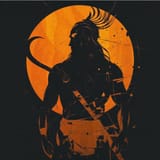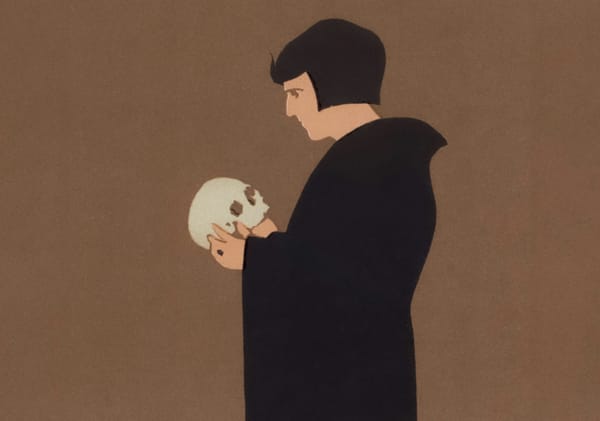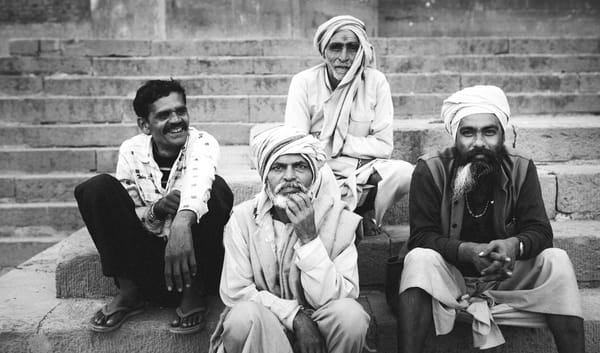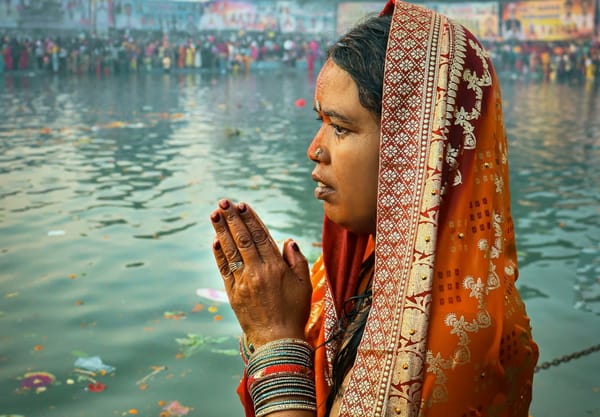You, The Dharmic Vessel
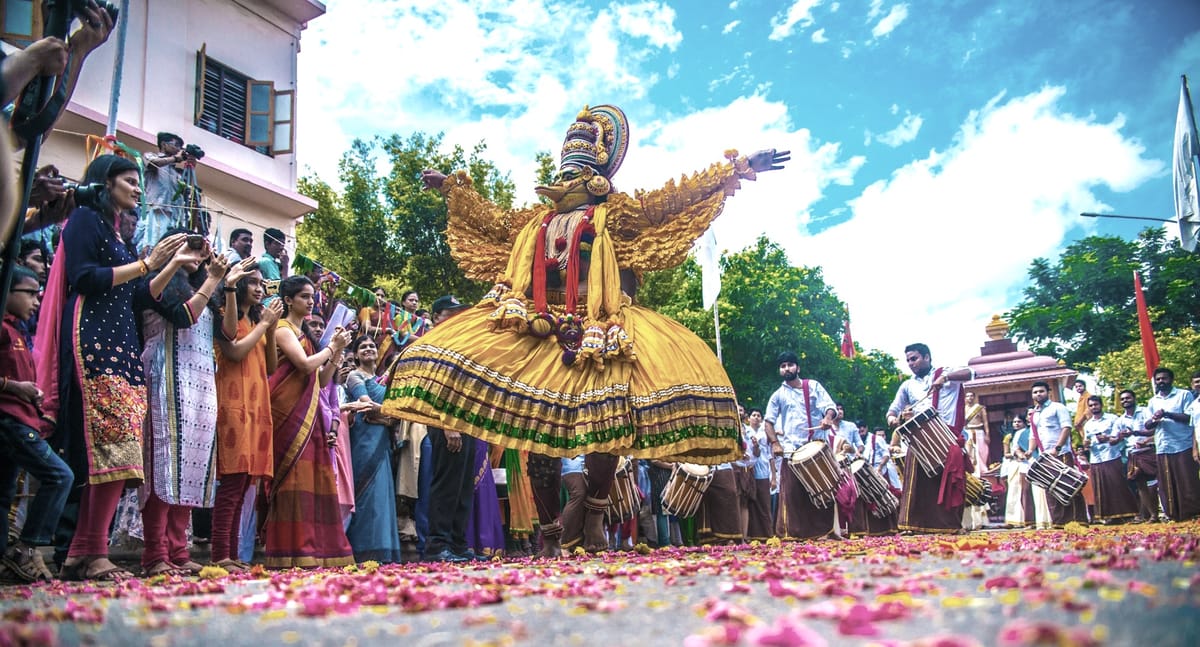
Sanatana Dharma isn't just a collection of texts or philosophical ideas. It's a living tradition that breathes through the millions who practice it daily. The rituals, festivals, temples and community structures of Hindu society aren't separate from the dharma—they're its physical manifestation.
We often make the mistake of thinking great spiritual traditions can survive as pure ideas. But ideas need embodiment. They need human vessels.
When a forest ecosystem collapses, it's not just individual trees that die—an entire web of relationships disappears. Similarly, if Hindu society were to fade, we wouldn't just lose individual practices or beliefs. We'd lose the intricate cultural ecosystem that sustains and transmits the dharma's wisdom.
The most profound spiritual insights don't survive in books alone. They survive in communities that live them, test them, and pass them on through direct experience. Because it isn't about just preserving something in amber. It's about maintaining a living, breathing organism that can continue to evolve while staying true to its essential nature.
When we forget this, we risk turning wisdom into mere information—cataloged, archived, but no longer alive enough to transform hearts and minds.
This is why every act of genuine practice matters—not just the grand gestures, but the small ones too. The grandmother teaching her granddaughter to light a diya. The community gathering for kirtan. The pilgrim's journey to sacred sites. Each of them keeps the dharma alive across generations.
Without this human fabric, even the most sublime philosophical truths would become museum pieces, admired but no longer lived. The tradition survives not because it's preserved, but because it's practiced—renewed daily in the choices, devotions and connections of those who carry it forward.

